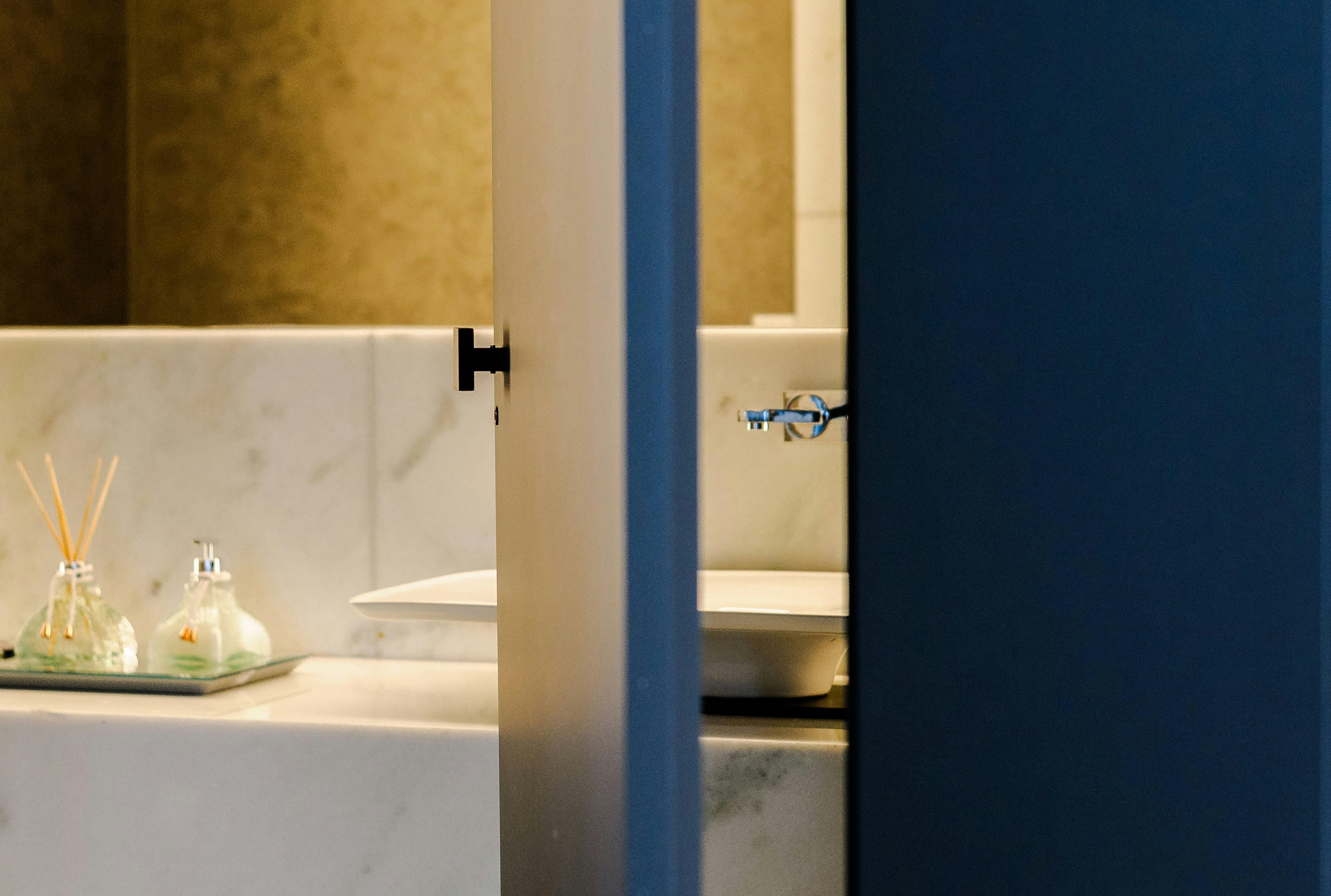How to prevent frozen pipes
Waking up on a frigid morning can be terrible, but what’s worse is when you go to turn on a lukewarm shower and find no water coming out. Temperatures during the winter months can cause pipes to freeze. If you want to avoid frozen pipes, here are some suggestions.
1. Insulate your pipes. Remember that the insulation is meant to retain the heat that is already in the pipe. It will not add heat.
Rubber insulation is less expensive than fiberglass and is easier to work with. However, it doesn’t work well with heat tape because it doesn’t provide a vapor barrier. Fiberglass insulation can irritate the eyes, skin, and lungs, but in winter it proves to be a better insulator.
If you have exposed pipes under your house, you can try using insulation “pipes.” It is easy to work with and provides good insulation for colder climates. Don’t forget to have duct tape nearby to use in areas that are more difficult to install.
2. If you have a bathroom that is exposed to more winter air than the rest of your home, try a home remedy to prevent frozen pipes. Pour a cup of windshield washer fluid into sink and shower drains and leave overnight. This provides an antifreeze effect.
3. Open the cabinet doors under your sink. This will allow the warm air in the room to circulate around the pipes and keep them warm. Open the doors of the kitchen and bathrooms especially.
4. If you are a “snow bird” who leaves your homes for an extended period during the winter, you can also purchase a freeze alarm or an alarm that monitors the temperature of your home. These alarms can be set to alert you or a neighbor if the temperature drops below what is needed. They can also be useful for those who are on vacation and don’t want to worry about coming home with broken pipes.
5. After removing outdoor hoses for the winter, be sure to turn off the valve that supplies water to the outdoor faucet. You should also drain all standing water from the pipe. Keep the outside faucet open until the weather gets warmer, and then you can turn it off and turn the water supply valve back on.
